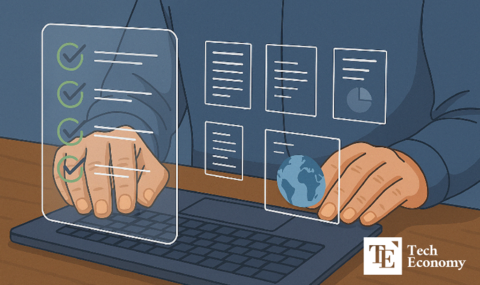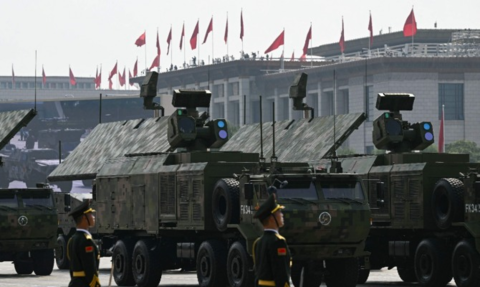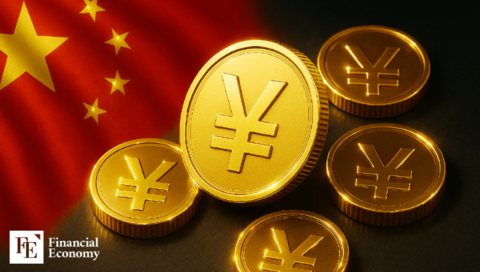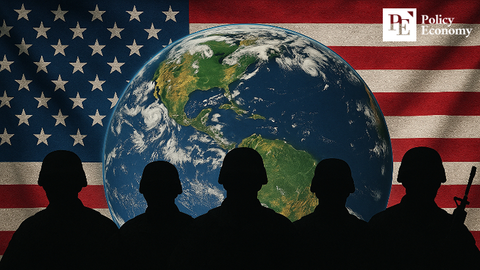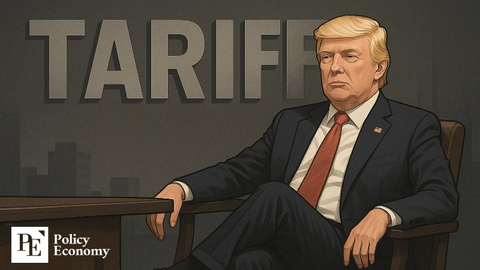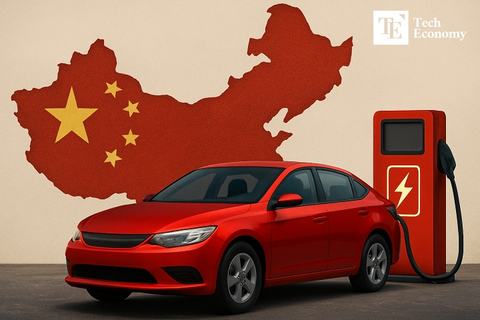The Tariff Gambit: Trump’s Global Trade Crackdown and the Risk of Economic Unraveling
Input
Changed
Understanding Trump's Tariff Policy The Global Impact of Trump’s Tariff Actions The Bigger Picture: A Global Economic Shift?
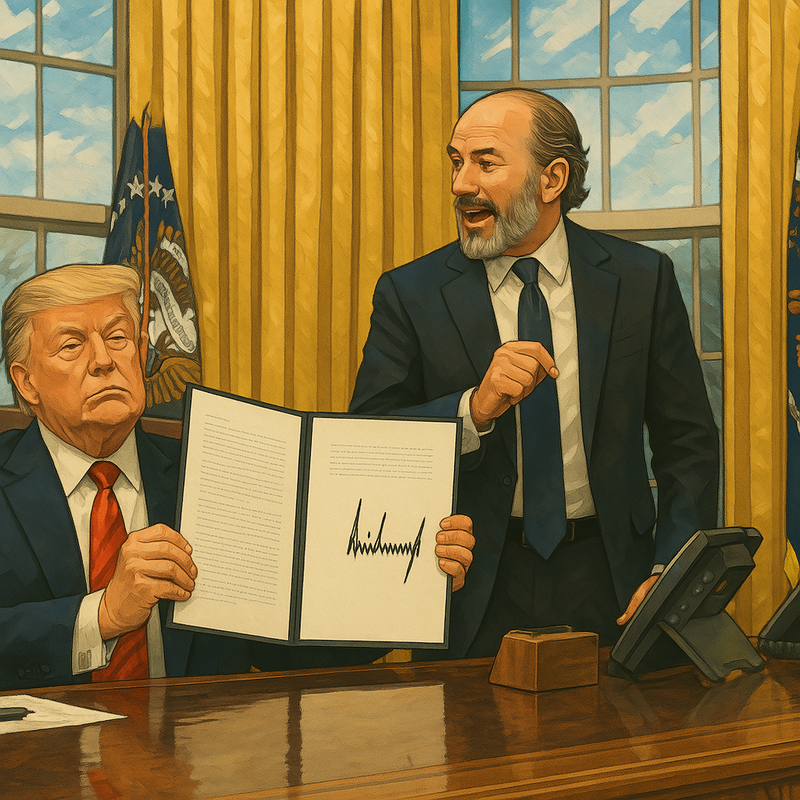
Understanding Trump's Tariff Policy
Today marks a pivotal moment in global trade, as President Trump’s administration announces new tariffs on what it refers to as the "worst offenders" in international trade. The sweeping decision, characterized by the imposition of high import taxes on nations that the U.S. deems to be contributing to its large and persistent trade deficits, could dramatically shift the landscape of free trade. This is likely to have far-reaching consequences, not just for the countries directly involved, but for the American economy itself. If there was ever a moment to question the future of free trade, it is today. The policy could signal the dawn of stagflation—a period marked by stagnant economic growth, high unemployment, and inflation—as the ripple effects of this decision are felt across industries.
While the policy is presented as an attempt to rectify imbalanced trade relationships, particularly with countries accused of unfair practices, the fallout from such a drastic move will not be confined to American shores. The global economy could soon bear the brunt of what appears to be a protectionist agenda, with unintended consequences that could hurt businesses, consumers, and governments alike.
The latest tariff action by the White House is tied to a larger initiative aimed at reducing the U.S. goods trade deficit, a recurring issue that has concerned policymakers for years. The new directive, titled Regulating Imports with a Reciprocal Tariff to Rectify Trade Practices that Contribute to Large and Persistent Annual United States Goods Trade Deficits, aims to regulate imports from countries that engage in what the administration considers unfair trade practices. These countries, often accused of currency manipulation, excessive state subsidies, and lack of reciprocity in trade agreements, are now facing high tariffs on their goods.
While the idea behind these tariffs might sound reasonable—holding countries accountable for actions that harm the U.S. economy—the broader consequences could be dire. If the global supply chain is disrupted and retaliatory measures are taken, both the U.S. and its trading partners will find themselves in a race to the bottom, with rising prices and limited choices for consumers. The inevitable trade wars could leave many industries, particularly those reliant on global sourcing, struggling to maintain profits.
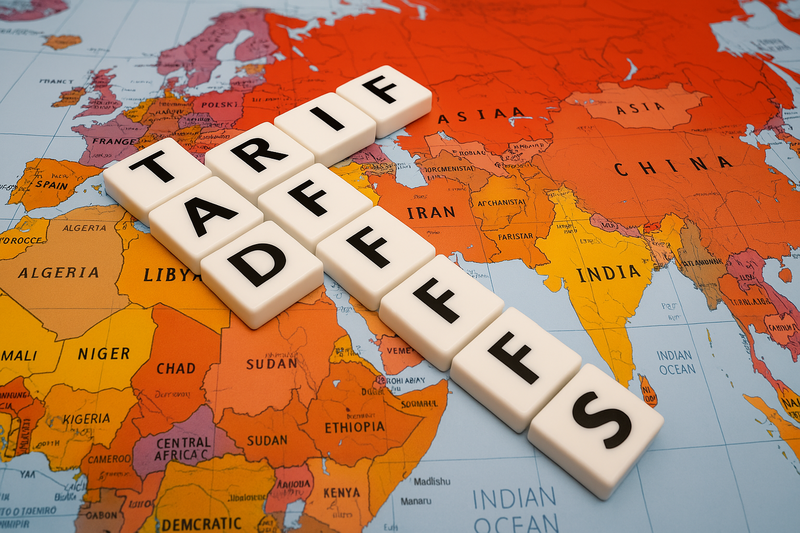
The Global Impact of Trump’s Tariff Actions
The policy’s main objective, according to the administration, is to promote fairness in trade. The idea is to ensure that American businesses are not at a disadvantage when competing with foreign companies that benefit from trade practices that the U.S. government considers unfair. However, the reality is much more complicated. The world economy is intricately connected, and any action taken by the U.S. can lead to a cascade of reactions that are difficult to predict.
One of the major issues with the new tariff policy is its broad and sweeping nature. Rather than targeting specific trade abuses, it imposes blanket tariffs on entire countries, which could have a dramatic impact on global commerce. For example, goods from some of the world’s largest economies, including China, the European Union, and Japan, could become significantly more expensive for American consumers and businesses. This, in turn, could lead to inflationary pressures, reducing the purchasing power of the American dollar.
The Trump Tariff Challenge by Country
China
The ongoing trade dispute with China has been a hallmark of Trump’s economic policy. China, long accused of currency manipulation and intellectual property theft, has found itself at the heart of the new tariff strategy. Under the new policy, the U.S. plans to increase tariffs on a wide range of Chinese products, including electronics, machinery, and consumer goods. While Trump argues that these measures are necessary to level the playing field, the result could be a steep increase in the price of everyday goods for American consumers. This would likely exacerbate tensions between the two economic giants and could lead to further retaliatory tariffs, sparking a broader trade war that could drag down global growth.
European Union
The European Union has been another focal point of Trump’s trade ire. Although the EU is generally seen as a close ally of the U.S., its trade policies and practices have not gone unnoticed by the Trump administration. The U.S. accuses the EU of having unfair trade practices, particularly when it comes to subsidies given to European manufacturers and the lack of market access for American companies. Under the new tariff policy, high import taxes are expected to be levied on European cars, luxury goods, and agricultural products. While the EU is likely to retaliate with its own set of tariffs, it remains to be seen how much economic damage this will inflict on both sides. What is clear is that the U.S. consumer will likely feel the impact in the form of higher prices for a variety of imported goods.
Japan
Japan, another economic powerhouse, is also expected to face steep tariffs under the new regime. While Japan has been a close ally of the U.S. for decades, trade imbalances persist. U.S. manufacturers, particularly in the automotive and technology sectors, have long complained about Japan's closed markets and barriers to entry. The Trump administration views Japan as one of the countries that has contributed to the persistent trade deficit, particularly in the automotive sector. The new tariffs on Japanese cars and electronics could hurt both Japanese exporters and U.S. consumers. The increased cost of these goods could lead to higher retail prices and a reduction in consumer choice, which might ultimately slow down the American economy.
South Korea
South Korea, with its advanced technology and industrial sectors, is another target under Trump’s new tariff scheme. The U.S. has long had a trade deficit with South Korea, particularly in the areas of cars, electronics, and steel. The administration argues that South Korea's trade practices, particularly its heavy reliance on government intervention, have distorted market conditions to the detriment of American businesses. The introduction of higher tariffs on South Korean goods could put American consumers in a difficult position, as they will likely face increased prices for consumer electronics, automobiles, and steel products. South Korea, in turn, is expected to retaliate, further escalating the trade tensions between the two nations.
Mexico and Canada
While Mexico and Canada have historically been strong trade partners with the U.S., they too could be affected by the new tariffs. The U.S.-Mexico-Canada Agreement (USMCA), which replaced the North American Free Trade Agreement (NAFTA), was meant to foster cooperation and reduce trade barriers between the three countries. However, Trump’s aggressive tariff policies threaten to undermine the spirit of the agreement. Goods that cross the U.S.-Mexico border, including agricultural products, electronics, and textiles, could face higher tariffs, which would hurt industries on both sides of the border. Similarly, Canada, a major trading partner, could see its exports to the U.S. taxed at higher rates, making Canadian goods more expensive for American consumers.
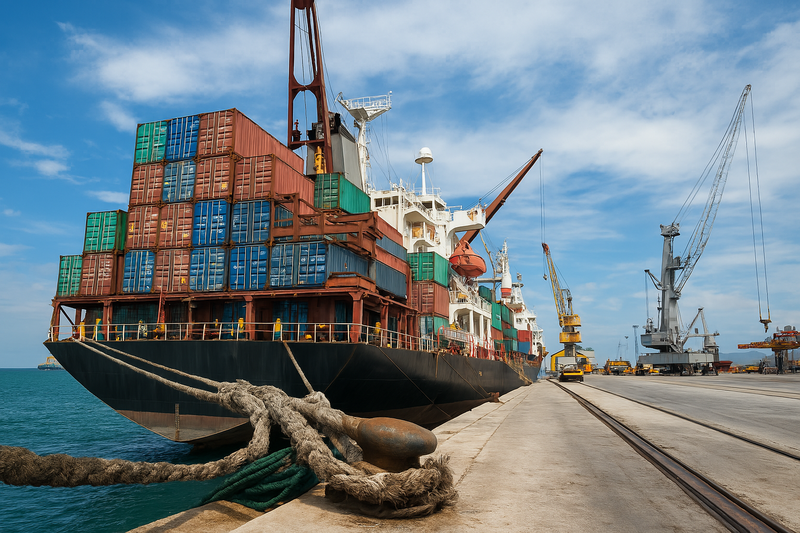
The Bigger Picture: A Global Economic Shift?
While the new tariff policy may sound like an attempt to balance trade deficits and protect American industries, the long-term consequences are far from clear. The global economic system is intricately linked, and any action taken by one country has a ripple effect that can change the dynamics of global commerce. Higher tariffs on imports could result in inflationary pressures, increased production costs, and a reduction in consumer spending. These effects could lead to stagflation, a situation in which high inflation and stagnant economic growth occur simultaneously.
Additionally, the imposition of high tariffs is likely to encourage other nations to take similar steps. Retaliatory tariffs and trade wars could quickly escalate, damaging the global economy in ways that are difficult to predict. Ultimately, consumers will likely bear the brunt of these tariff increases, with higher prices on goods that were once affordable. This could exacerbate inequality, as lower-income families are hit hardest by rising prices.
Trump’s decision to impose high tariffs on the “worst offenders” in global trade represents a dramatic shift in U.S. trade policy. While it may be appealing to address trade imbalances and rectify unfair practices, the broader consequences are worrying. The global economy is interconnected, and unilateral actions can have serious repercussions. If this tariff policy results in trade wars, it could lead to a period of stagflation in the U.S. and global economic uncertainty. As nations retaliate and global supply chains are disrupted, the long-term impact on businesses, consumers, and governments could be far-reaching and difficult to recover from. As such, the question remains: Is this a necessary correction, or the beginning of a global economic unraveling? Only time will tell.


